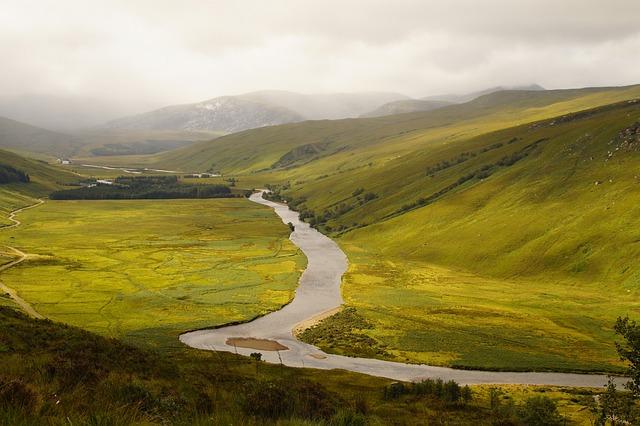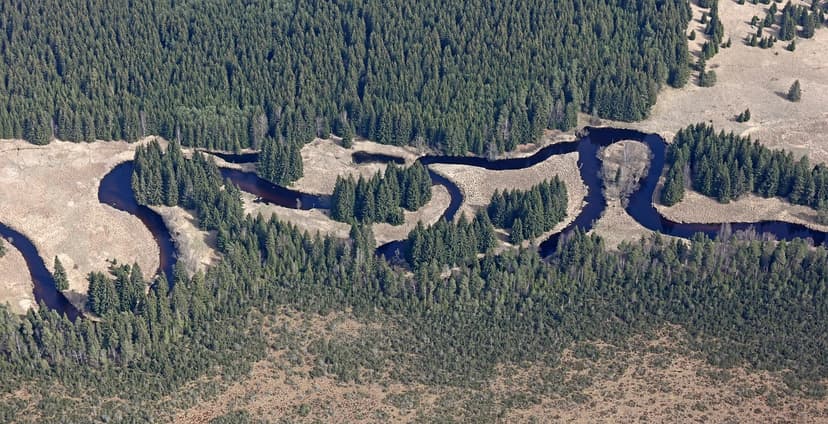Flooding rivers
You can identify some causes and impacts of flooding and give recent examples.
Flooding rivers
You can identify some causes and impacts of flooding and give recent examples.
These resources will be removed by end of Summer Term 2025.
Switch to our new teaching resources now - designed by teachers and leading subject experts, and tested in classrooms.
These resources were created for remote use during the pandemic and are not designed for classroom teaching.
Lesson details
Key learning points
- Rivers flood when they can’t hold all the water that is entering into them from tributaries, the soil and the rock.
- Heavy rainfall or long-lasting rainfall is a common cause of flooding.
- Steep slopes can cause flooding as rainwater will run quickly downhill to the river during a storm.
- Humans can make flooding more likely by deforestation and building tarmac and concrete surfaces.
Keywords
Banks - The sides of a river are called its banks.
Drainage basin - A drainage basin is the area drained by a river and its tributaries.
Deforestation - Deforestation is where trees are chopped down by humans.
Common misconception
River flooding is only influenced by natural factors like the amount of rainfall.
Humans can make flooding more likely by building towns and cities and deforestation.
To help you plan your year 3 geography lesson on: Flooding rivers, download all teaching resources for free and adapt to suit your pupils' needs...
To help you plan your year 3 geography lesson on: Flooding rivers, download all teaching resources for free and adapt to suit your pupils' needs.
The starter quiz will activate and check your pupils' prior knowledge, with versions available both with and without answers in PDF format.
We use learning cycles to break down learning into key concepts or ideas linked to the learning outcome. Each learning cycle features explanations with checks for understanding and practice tasks with feedback. All of this is found in our slide decks, ready for you to download and edit. The practice tasks are also available as printable worksheets and some lessons have additional materials with extra material you might need for teaching the lesson.
The assessment exit quiz will test your pupils' understanding of the key learning points.
Our video is a tool for planning, showing how other teachers might teach the lesson, offering helpful tips, modelled explanations and inspiration for your own delivery in the classroom. Plus, you can set it as homework or revision for pupils and keep their learning on track by sharing an online pupil version of this lesson.
Explore more key stage 2 geography lessons from the Rivers: what's special about them? unit, dive into the full secondary geography curriculum, or learn more about lesson planning.

Licence
Starter quiz
6 Questions




Exit quiz
6 Questions
natural
natural
human
human


